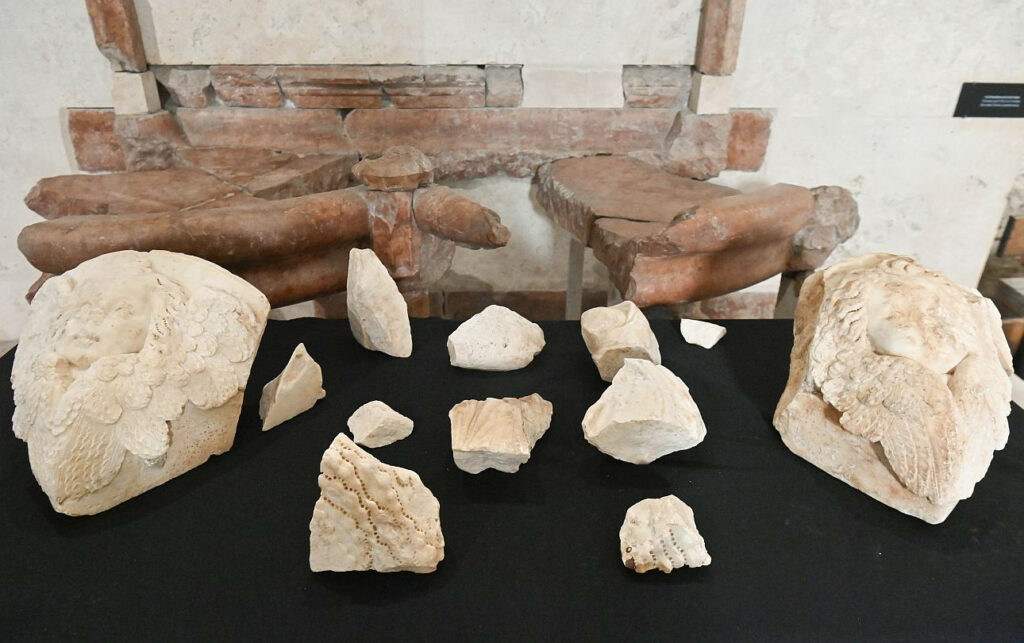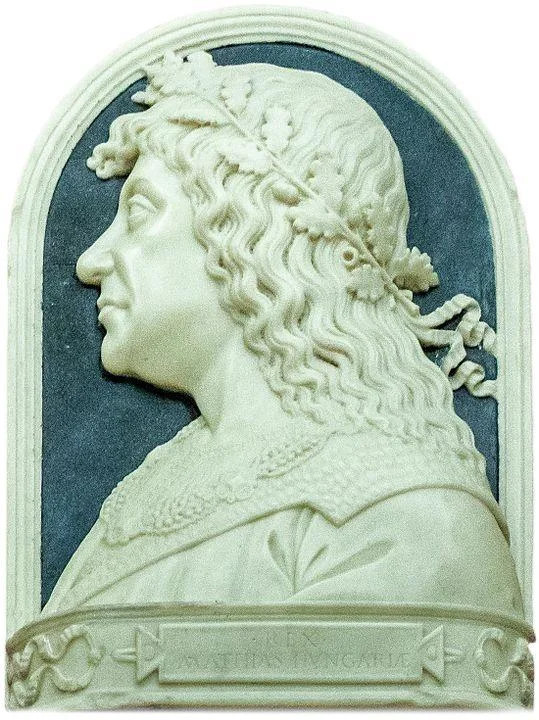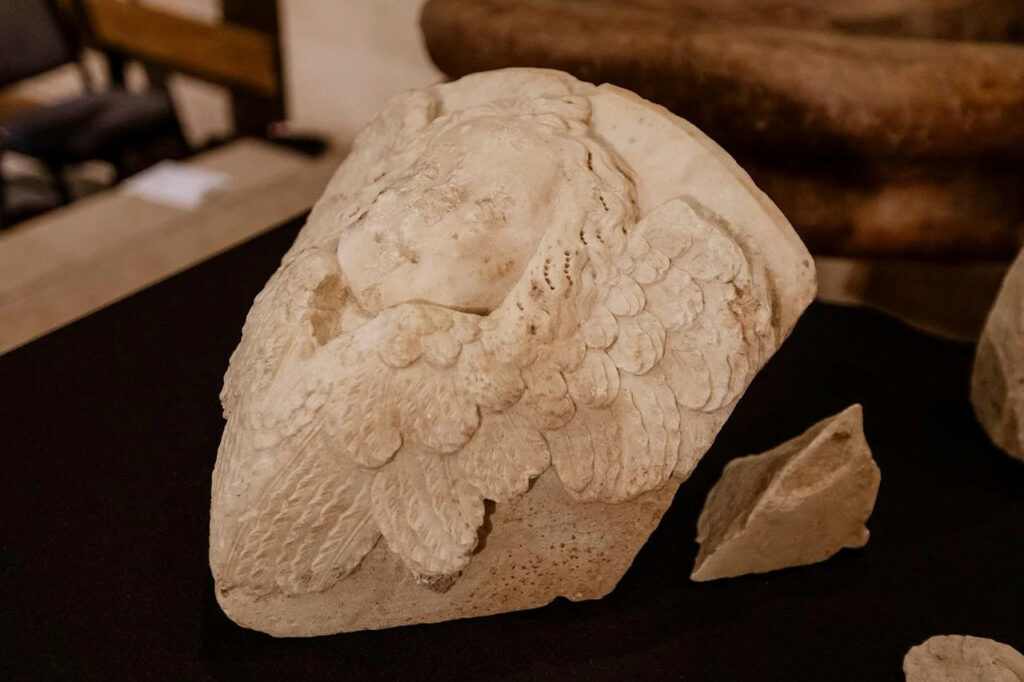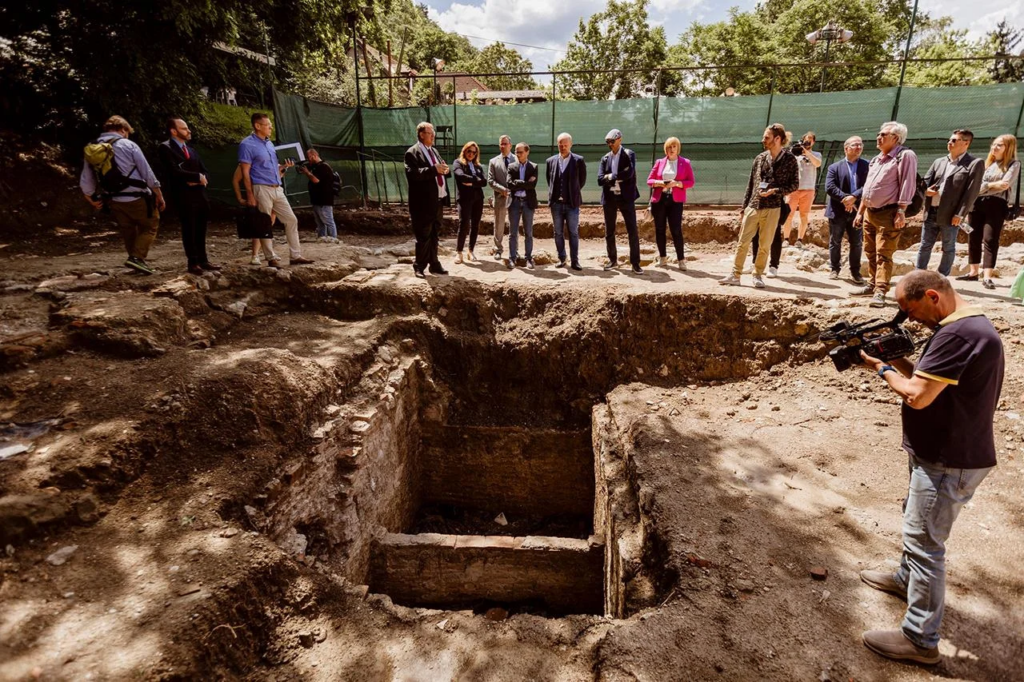A Tale of Lost Art and Royal Ambition
The Discovery at Visegrád Castle

In a remarkable turn of events, archaeologists have unearthed a pair of exquisite cherub sculptures at Visegrád Castle in Hungary, believed to be the work of Italian Renaissance master Benedetto da Maiano. This discovery sheds new light on the cultural ties between Hungary and Italy during the 15th century, particularly under the reign of King Matthias Corvinus.
The Artist and His Royal Patron

Benedetto da Maiano, a renowned Tuscan sculptor born in 1442, was known for his intricate work in wood and marble. According to historical accounts, he received commissions from European royalty, including King Matthias of Hungary. The king’s ambition to transform Hungary into a hub of Renaissance art and culture led him to invite Italian artists like Benedetto to his court.
A Journey from Wood to Marble

An intriguing anecdote tells of Benedetto’s shift from woodworking to marble sculpting. The artist had crafted a pair of inlaid coffers for King Matthias, but sea damage during transport led him to reconsider his medium of choice. This pivotal moment in Benedetto’s career is reflected in the newly discovered cherubs, which showcase his mastery of marble.
The Significance of the Find

Professor Francesco Caglioti from the University of Pisa has confirmed the authenticity of the cherubs, noting their resemblance to Benedetto’s mature works. The sculptures not only exemplify the artist’s skill but also serve as tangible evidence of King Matthias’s cultural aspirations for Hungary.
A Glimpse into History

The excavations at Visegrád Castle have revealed more than just artistic treasures. The remains of three monks, likely victims of a 1540 siege, were also discovered, offering a poignant reminder of the site’s tumultuous history.
The Future of Visegrád’s Renaissance Legacy

As part of the Visegrád Renaissance Development Program, efforts are underway to restore the castle and palace complex to their former glory. Soon, visitors will have the opportunity to view these newly discovered cherubs, connecting with a piece of Hungary’s rich Renaissance heritage.

